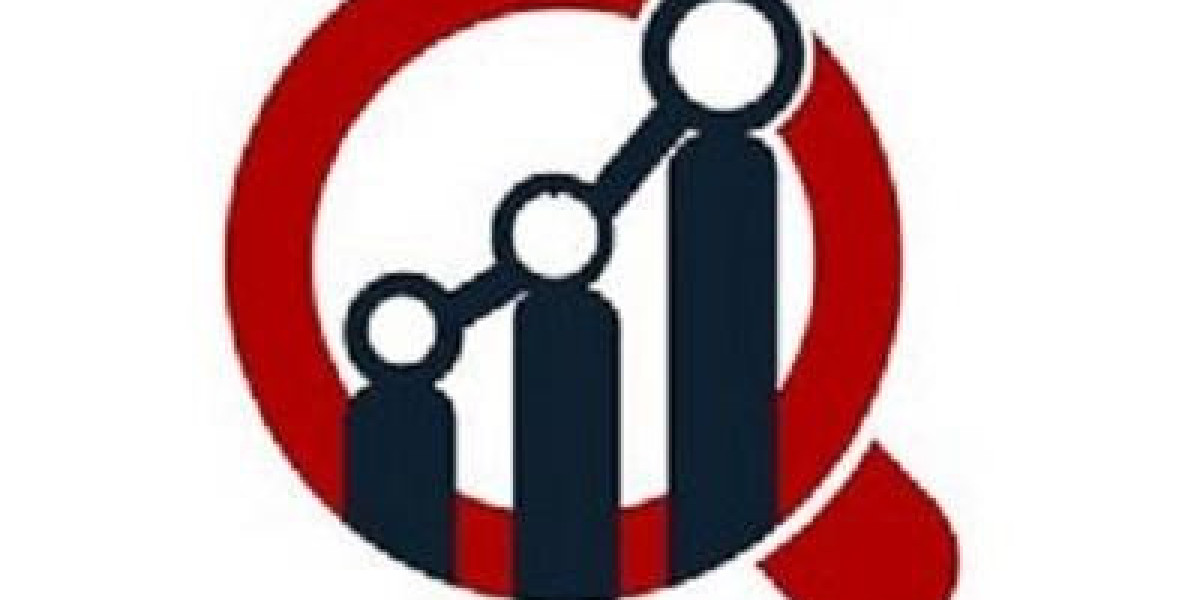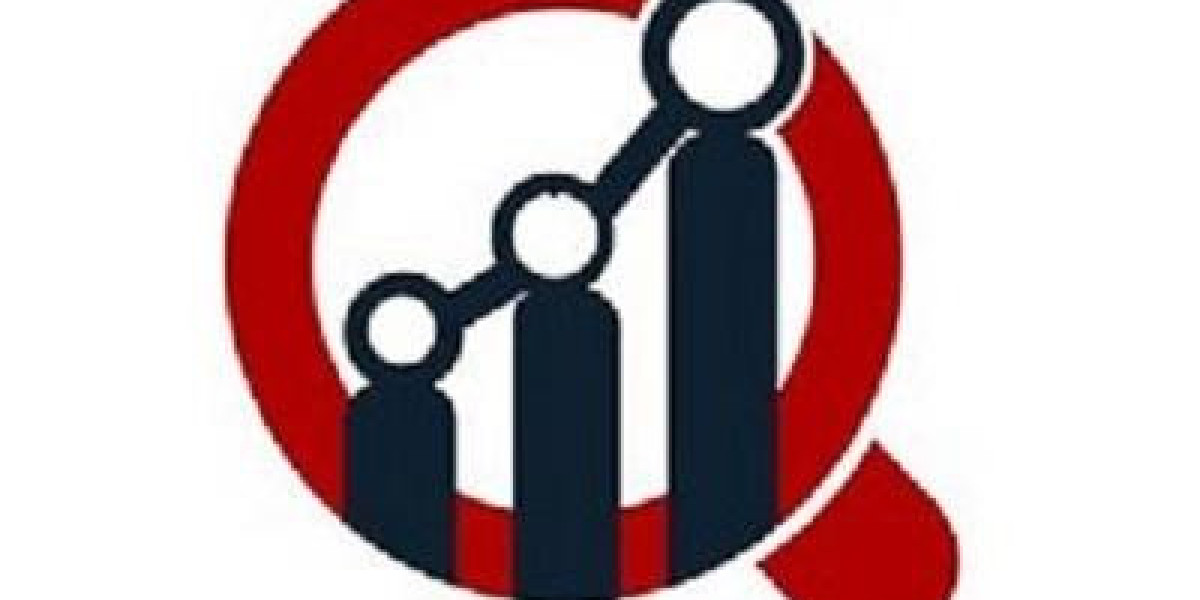The Soldering Equipment Market growth is influenced by various factors, including the rising production of electronic devices and the growing trend of miniaturization in electronics. As industries increasingly rely on automation and advanced manufacturing techniques, the demand for efficient soldering solutions is surging. Additionally, the expansion of industries such as automotive and telecommunications, which require precise soldering processes, is further fueling market growth. The ongoing development of new soldering technologies and methods is expected to drive the market forward, ensuring its robust expansion in the future.
The global soldering equipment market has evolved significantly with the rapid advancement in electronics manufacturing, automotive electronics, and industrial automation. Soldering equipment, a crucial component in electronic assembly and repair processes, is used to join electrical components using a filler metal known as solder. This market is witnessing consistent growth as industries demand high precision, miniaturization, and improved reliability in circuit assembly. The demand is primarily driven by consumer electronics, automotive electronics, telecommunications, and renewable energy sectors, which rely heavily on high-quality soldering techniques for efficient performance and durability.
Market Overview and Dynamics
The soldering equipment market is expanding due to the continuous evolution of electronic devices, including smartphones, wearables, and electric vehicles. Manufacturers are adopting advanced soldering technologies such as reflow soldering, selective soldering, and robotic soldering to achieve faster production and greater accuracy. Automated soldering stations and surface mount technology (SMT) have transformed the landscape of electronic manufacturing, reducing human errors and enhancing productivity. Furthermore, the rise of the Internet of Things (IoT) and the growing integration of microelectronic circuits in everyday devices are further stimulating market demand.
Technological Advancements and Innovation
Innovation in soldering equipment is reshaping manufacturing efficiency and product quality. The development of lead-free soldering equipment, in line with global environmental regulations, has been a key milestone. New technologies such as induction soldering, laser soldering, and infrared soldering systems offer better temperature control and energy efficiency. The integration of artificial intelligence (AI) and machine learning (ML) into soldering systems allows predictive maintenance, real-time process monitoring, and defect reduction. Portable soldering stations and cordless soldering irons are gaining traction for their convenience and mobility, catering to field repair and maintenance tasks.
Key Market Drivers
Several factors are contributing to the growth of the soldering equipment market. The expanding electronics industry, particularly in Asia-Pacific, remains a major driver due to the high concentration of manufacturing hubs in China, Japan, South Korea, and India. The rising adoption of electric vehicles (EVs) and advanced driver-assistance systems (ADAS) has also created substantial demand for precision soldering in automotive electronics. Moreover, the trend toward miniaturized electronic components in healthcare devices, aerospace instruments, and defense electronics is increasing the need for high-precision soldering tools. Sustainability initiatives encouraging lead-free and energy-efficient equipment are further promoting market expansion.
Challenges and Restraints
Despite strong growth prospects, the market faces certain challenges. The high initial cost of automated and robotic soldering systems can limit adoption among small and medium-sized enterprises (SMEs). Additionally, skilled labor shortages and the need for technical expertise to operate advanced soldering machines can hinder market expansion. Environmental regulations concerning the disposal of electronic waste and hazardous materials also pose compliance challenges for manufacturers.
Regional Insights
Asia-Pacific holds the largest share of the soldering equipment market, driven by robust electronic manufacturing in China, Japan, Taiwan, and South Korea. North America and Europe are witnessing moderate growth, supported by innovations in semiconductor manufacturing and industrial automation. Meanwhile, the Middle East, Africa, and Latin America are emerging markets with growing demand for consumer electronics and industrial machinery that require efficient soldering solutions.
Future Outlook
The future of the soldering equipment market looks promising with ongoing investments in automation, precision engineering, and eco-friendly manufacturing processes. Industry players are focusing on integrating smart technologies, energy-efficient soldering systems, and advanced materials to cater to evolving industry needs. As digital transformation accelerates, the demand for flexible, high-speed, and intelligent soldering systems will continue to rise, creating new growth opportunities for manufacturers worldwide.
Conclusion
The soldering equipment market is poised for robust growth driven by the expansion of the electronics sector, automotive innovation, and advancements in manufacturing technologies. Continuous R&D investments, the integration of AI and automation, and compliance with environmental regulations will shape the future of this market. Companies that focus on innovation and efficiency will likely dominate the competitive landscape in the years to come.
FAQs
Q1: What are the main types of soldering equipment?
A1: The main types include soldering irons, soldering stations, reflow soldering systems, wave soldering machines, and selective soldering systems.
Q2: Which industries drive the demand for soldering equipment?
A2: Key industries include consumer electronics, automotive, telecommunications, aerospace, and renewable energy sectors.
Q3: What are the key factors influencing the growth of the soldering equipment market?
A3: Technological advancements, automation, miniaturization, and environmental regulations promoting lead-free soldering are major growth factors.
More Related Reports:
Vibration Control System Market Trends
Induction Furnace Market Trends



